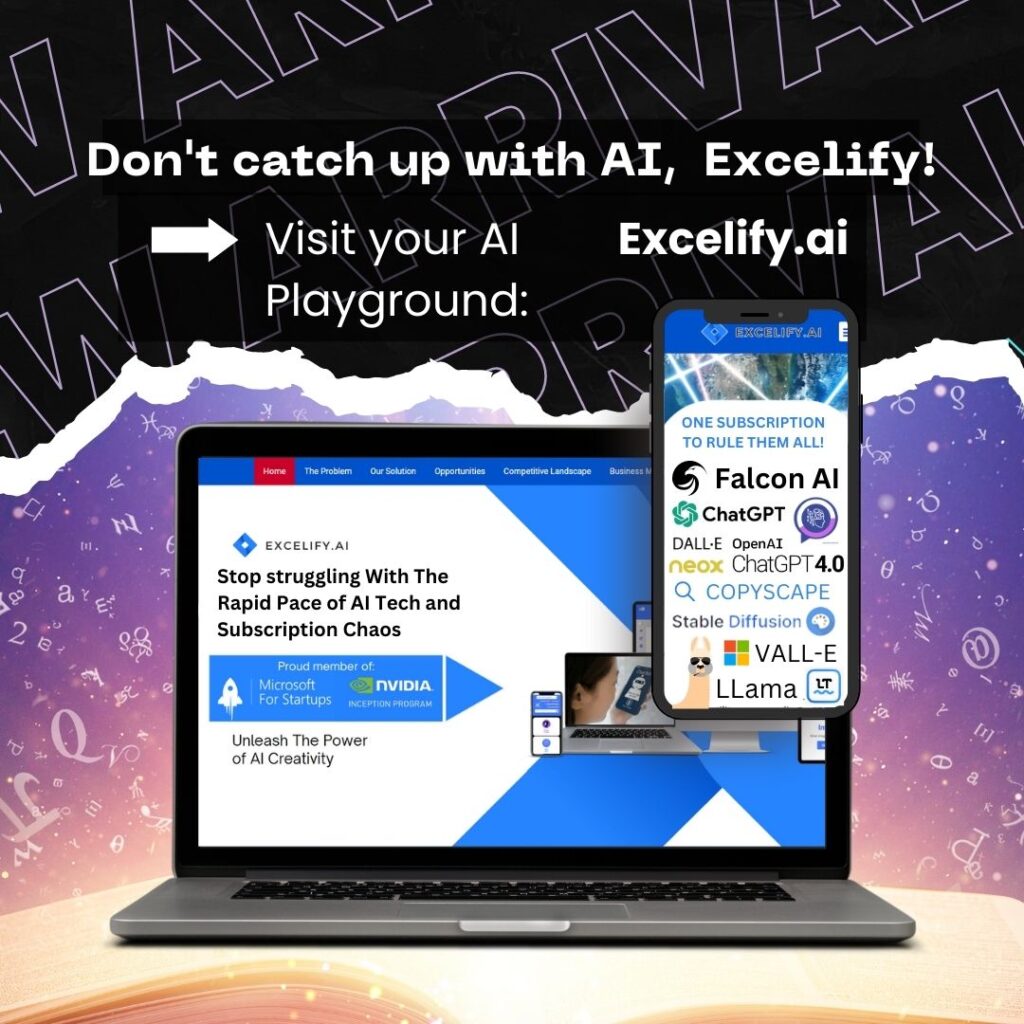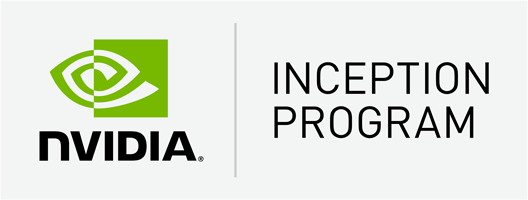By: HailyAI
In the past, we’ve talked about how to train a machine learning algorithm. But what do you do when you have a trained model that’s ready for deployment in your business? How do you get it to work without having to re-train it? This is a problem that many businesses face. They’re excited about their AI solution but they don’t know how to get it into production. To help you with this challenge, here are ten questions to guide you through the process of training and deploying your AI.
- What are the goals of your AI project?
- What are you trying to accomplish by using AI?
- Who will use the AI?
- Who will be responsible for its operation?
- Will there be multiple users or just one person?
- If there are more than one user, how will they collaborate?
- What resources do you have available to support your AI initiative?
- Are you limited to a small team or can you tap into other departments?
- What type of budget do you have for your AI project? How much money will you spend on AI related activities?
- What skills does your organization have?
- Does everyone understand the technology involved? Or do some people need additional training?
- What is your timeline?
- When do you need to have the results from your AI project?
- Is it important to get them out quickly or can you wait until later?
- What are your competitors doing? Are they also using AI? If so, how are they using it? Are they using similar technologies? If not, why are they different?
- What are the legal requirements for your AI project?
- Do you need to comply with specific laws?
- Do you have access to large amounts of data?
- Can you gather the data yourself or do you need to pay someone else to do it?
Here are an additional five options to consider:
Use a pre-existing AI platform.
There are several platforms that provide AI functionality such as IBM Watson, Amazon Alexa and Microsoft Cortana. These products are easy to use and integrate with existing systems. The downside is that they may not offer all the features you need. Also, they may require additional licensing fees.
Train your own AI.
This option requires a lot of time and effort. It’s useful if you have a very specific need where no other solutions exist.
Outsource the AI development.
Use a third party to develop your AI. This is often done via a software as a service (SaaS) offering. While this option can reduce costs, it still requires significant resources.
Hire a consultant.
Hire a specialist to help you build your AI. This option is best used if you have a very specific need.
Acquire a SaaS product.
Acquire a SaaS product that provides AI functionality. While this option can reduce costs, it still requires significant resources.
Regardless of which option you choose, it’s critical to ensure that you have tested your AI against real world scenarios. Otherwise, you could end up with a system that doesn’t perform as expected.




